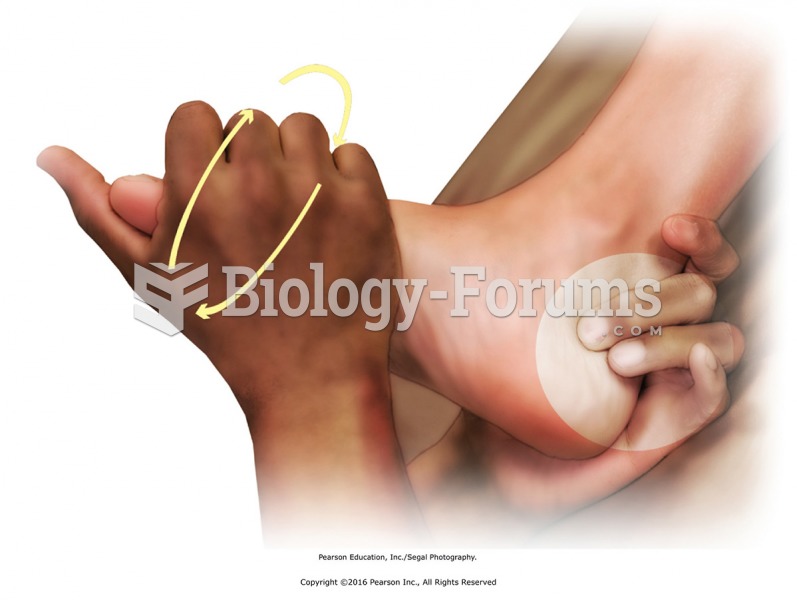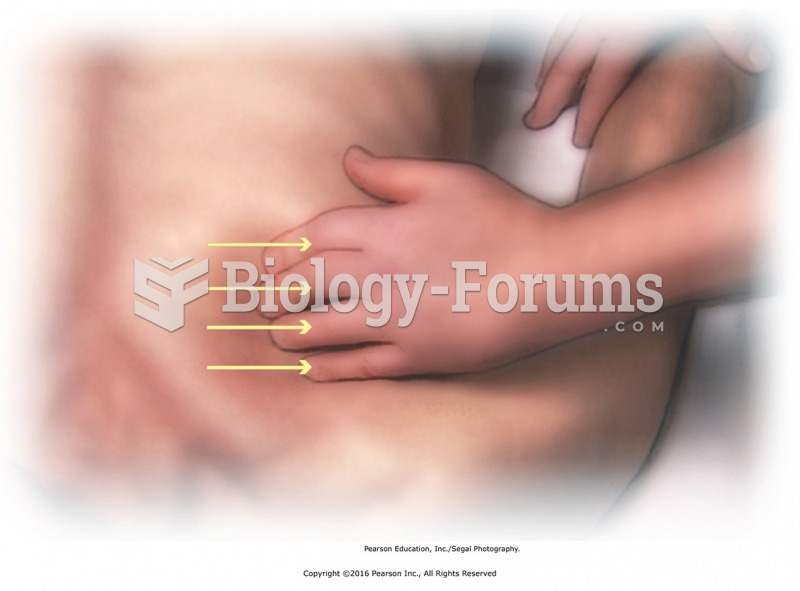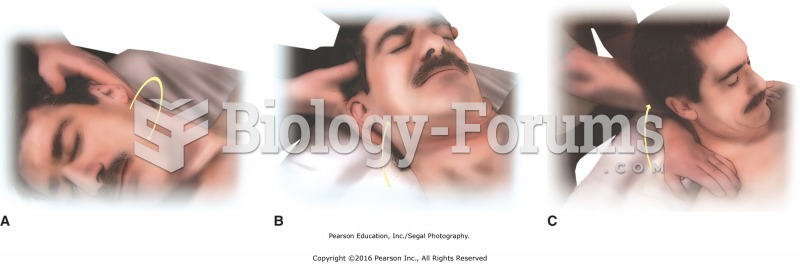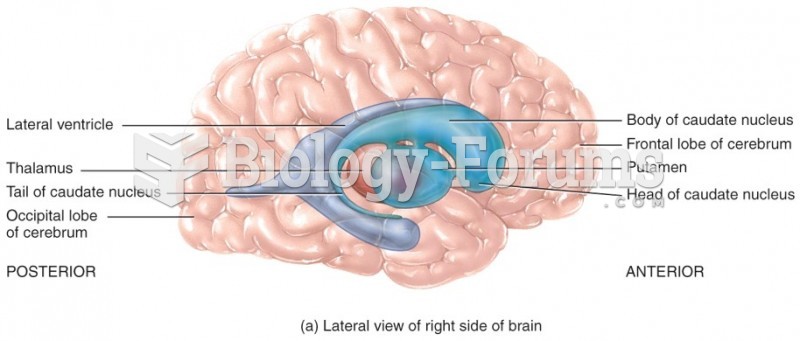This topic contains a solution. Click here to go to the answer
|
|
|
Did you know?
Children of people with alcoholism are more inclined to drink alcohol or use hard drugs. In fact, they are 400 times more likely to use hard drugs than those who do not have a family history of alcohol addiction.
Did you know?
Human kidneys will clean about 1 million gallons of blood in an average lifetime.
Did you know?
The strongest synthetic topical retinoid drug available, tazarotene, is used to treat sun-damaged skin, acne, and psoriasis.
Did you know?
Increased intake of vitamin D has been shown to reduce fractures up to 25% in older people.
Did you know?
There are actually 60 minerals, 16 vitamins, 12 essential amino acids, and three essential fatty acids that your body needs every day.
 Knead accessible leg and hip muscles; alternate with effleurage. Avoid massage of the medial side of ...
Knead accessible leg and hip muscles; alternate with effleurage. Avoid massage of the medial side of ...
 Medial Pelvis/Hip. Press-and-flex medial ankle by positioning fingers as in fingerwalking the ankle. ...
Medial Pelvis/Hip. Press-and-flex medial ankle by positioning fingers as in fingerwalking the ankle. ...
 Fingertip rake over sternum and pectoralis muscles from midline to lateral chest. Adjust for women. ...
Fingertip rake over sternum and pectoralis muscles from midline to lateral chest. Adjust for women. ...




